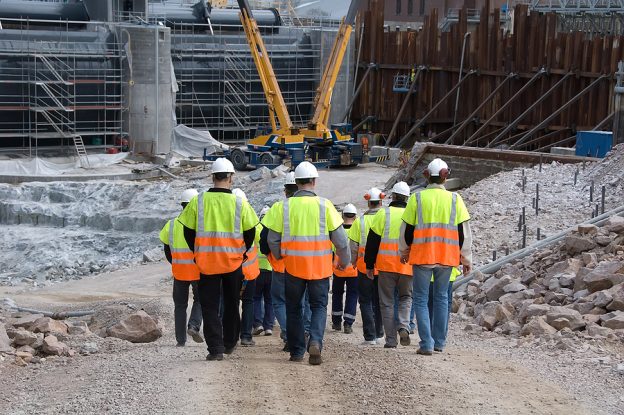
If you’re a contractor under the Construction Industry Scheme (CIS), you hold the responsibility of administering it correctly. You must ensure that your subcontractors are paid properly, with the correct CIS tax deductions are made and correctly reported to HMRC.
And if you don’t? You pay the cost of an errors (even if they’re genuine mistakes).
Here’s six common mistakes that are easily avoided as a contractor using the CIS.
- Make sure all material costs are allowable
As a contractor, it’s your responsibility to make sure that all the materials your subcontractors claim for are legitimate. HMRC’s expectation is that you establish processes that allow you to check that the subcontractors have paid for these materials directly and that they are reasonable within the boundaries of the job.
All of these genuine costs are then excluded from any CIS deduction calculations. If HMRC discover excessive or imaginary costs have been included in a claim, you are liable to pay the CIS tax that’s missing.
- Plant ownership
The majority of construction work needs a whole range of plant machinery, from cranes to compressors. And if your subcontractor hires plant and its operators, the cost is considered a deduction for CIS. Which is good news.
But if your subcontractor already owns the plant, the cost of hiring the machinery and the skilled people come under CIS. This includes if they are paying it off through hire purchase.
As contractor, it’s your responsibility to check if the plant hire is owned by your subcontractor or a third party. HMRC do focus on plant ownership, so you should be able to show them your processes for checking the validity of your subcontractors’ position. Otherwise, any financial liability is yours.
- Definition of the work
The actual work being done on the job must be within the scope of CIS. You’d think this is quite a simple thing to define, but there are some areas that aren’t as clear cut.
Contractors must be sure that the Construction Industry Scheme is applicable to all the work being carried out. It’s absolutely crucial to prioritise this and determine what jobs are allowable under CIS before you start the work. You’re leaving yourself open to serious consequences if a subsequent HMRC review discovers mistakes in this decision making.
One potentially confusing area is that of repairs. Repairs to a building are allowable under the CIS, but repairs to systems inside a building for example a heating system don’t.
However, if you have a ‘mixed contract’, these systems repairs might be brought into CIS. A mixed contract means that you’ve got some work that’s inside the scope of CIS and some outside, and all the payments are put under the umbrella of CIS.
As you can see, it’s not a straightforward checklist. It’s worth taking the time to establish exactly what’s inside CIS before you start on a site. That way you can be confident of an error-free submission.
- Employment status
Again, you might expect the employment status of your subcontractors to be a simple definition. This is another instance where you need to be completely sure that they’re self employed, as defined by HMRC. Both your contract and the actual specifics of the job must demonstrate that your subcontractors are working as self employed businesses. The distinction between sole trader, partnership or limited company doesn’t matter. As long as they can’t be redefined as being employees under PAYE.
If HMRC decide that you really should’ve had employer-employee contracts, then you’ll be charged for the backdated National Insurance Contributions and PAYE tax.
- Verification
You need to go through HMRC’s online verification process for each of your subcontractors. During this process you’ll get their verification number and the CIS deduction rate to apply to their earnings. You need this information before you complete your CIS return and make the first CIS payment.
There are certain details you need from your subcontractors before you go onto the online verification tool. Subcontractors will know their own numbers and deduction rate and may think they’re being helpful by just giving you this information. But HMRC expects you to go through the verification process independently, to make sure that everything’s properly administered.
Changes to business structures can affect the deduction rate and necessitates a new verification code. So if a subcontractor you’ve previously worked with before as a sole trader is now a limited company, these details will be different.
- Don’t leave anybody out
You must include all subcontractors that fall in the scope of CIS on your CIS tax return even if no CIS tax is deducted. Contractors often make the mistake of leaving out those who have gross payment status and any mistake can lead to a more detailed HMRC investigation into your CIS set-up. No one wants that hassle.
The Construction Industry Scheme puts a lot of responsibility on the contractor. But once you set up your processes and procedures to make sure you don’t leave anything out, you can relax into it.







